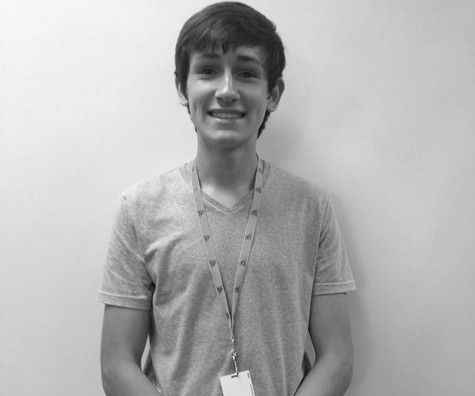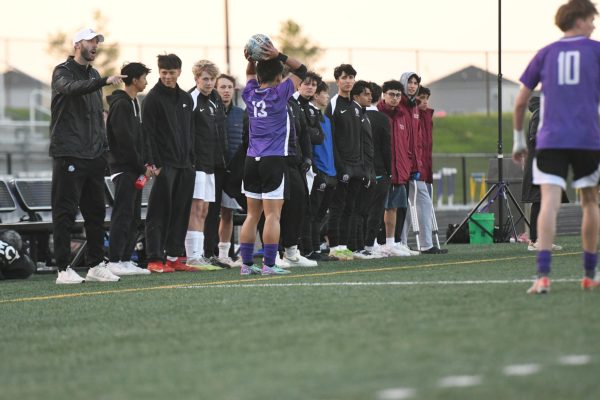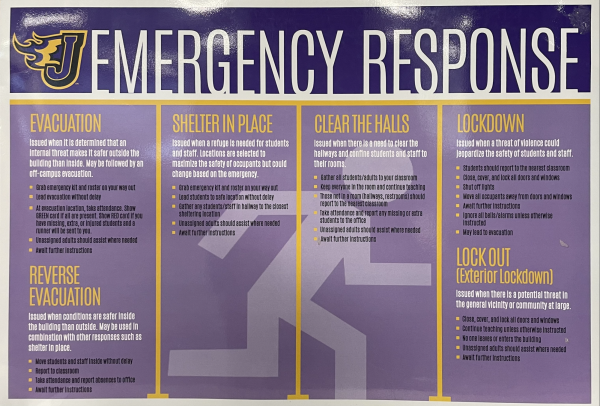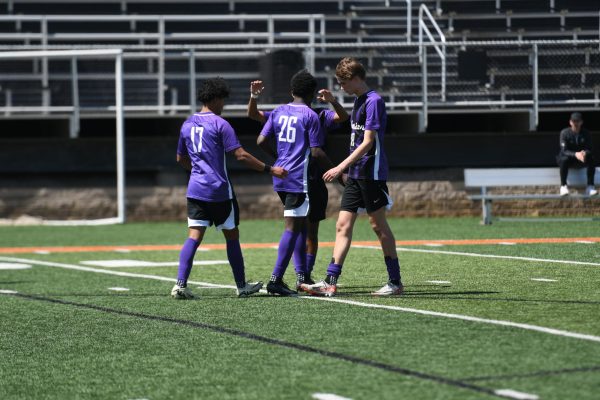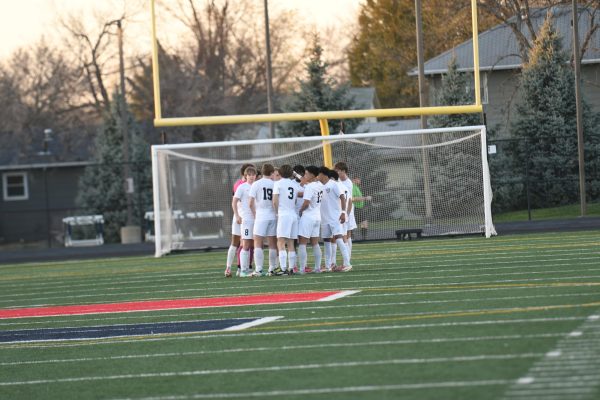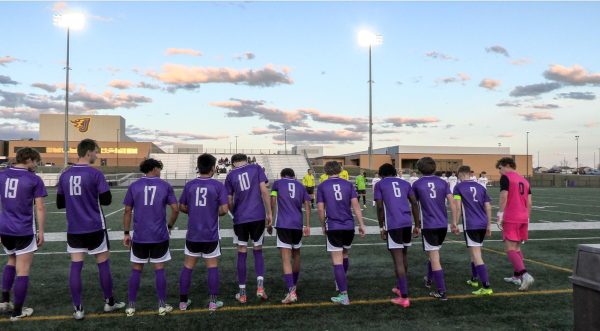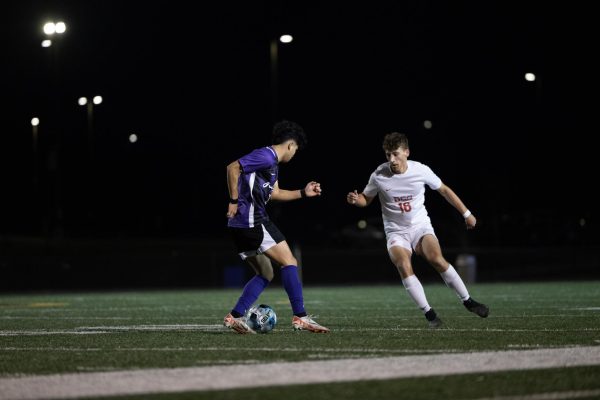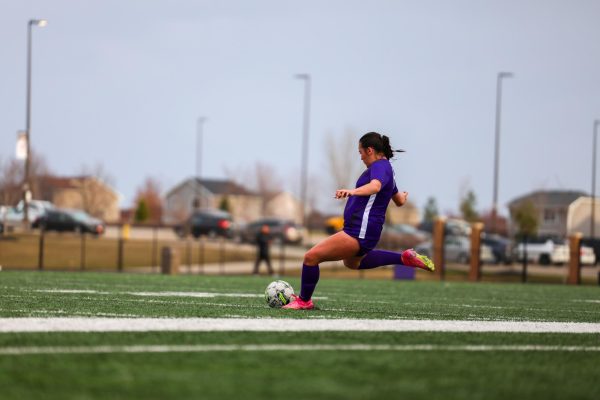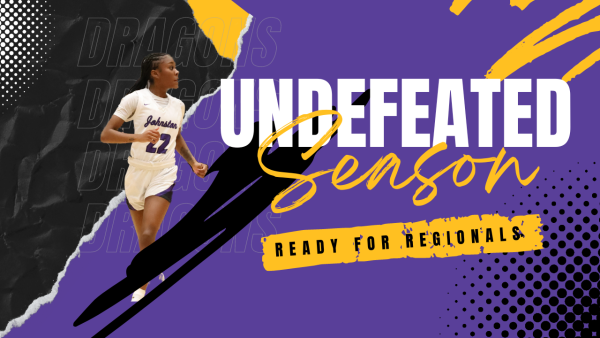Large group speech team prepares for state
February 7, 2014
Four of the five large group speech teams earned division I (superior) ratings at districts Jan. 25 which qualified them for state. State will take place in Ankeny Feb. 8.
Large group speech team started in the middle of November. The group of 25 students, who split up into five different teams, practiced about three times a week to prepare for districts and to try for a spot at state. Two improvisation groups, one choral reading group and one readers theatre group qualified for state.
Senior Nate Eggleston is part of an improv team that made it to state. Senior Monte Friestad and freshman Will Linder are also on Eggleston’s team. At districts, Eggleston’s team drew the scene ‘getting lost in Hy-Vee’. Linder played a boy that got lost, Friestad played a Hy-Vee employee, and Eggleston played Linder’s father. When doing improv, the teams only receive five chairs for the scene and nothing else. You cannot use anything outside the performance area, but you can mime certain things, like using your hand as a telephone.
The teams that made it to state can expect a competition that will be very similar to districts. However, it becomes harder to earn a division I rating. There are also opportunities in large group speech to meet new people from various schools around the metro. “There’s almost no negativity in large group speech,” Eggleston said. “No one comes up to you and says ‘oh you suck.’”
In choral reading, the students create original scripts and perform short pieces with costumes and props. It is similar to acting because they all need to work together to try to blend. To practice, they would work on blending as a group by listening to one another and working on their dynamics and sound.
Readers theatre is similar to choral reading except they cannot use props or costumes. They pull poetry from Edgar Allen Poe or other poets to read and memorize. “[Readers theatre] is all about how to portray a message without all the flash,” large group speech director Brenda Smrdel said. The readers theatre group focuses more on telling a story with facial expressions and emotions rather than using costumes and props.
Improv groups draw three scenes, pick one to perform, have two minutes to prepare and then have to create a five minute story with what they planned in their two minute prep session. The competition is timed and they have to start and end the scene they thought up within the five minute time limit.
There are more options to look into than just the three forms of large group speech that made it into state. Radio broadcasting, miming and musical theatre are some of the various other options to choose from.
How the teams were scored at districts is almost no different than how musical groups are scored at solo and jazz competitions. There are a number of judges that are trained in critiquing students and they are given a ballot with certain criteria. Once the students give their speech or presentation, the judges mark on the ballot to determine their rating. At districts, the teams have to receive a division I (superior) rating to qualify for state. Then, at state, it is slightly harder to receive a superior rating because the teams must receive superior ratings from at least two of the three judges to be deemed superior. If the teams qualify from state, then they move onto all state speech, one of the highest competitions the speech teams can go to.
“A misconception a lot of students have about large group speech is that they think it’s all about getting up and giving a speech,” Smrdel said. “It’s actually about being creative and expressing yourself.”


